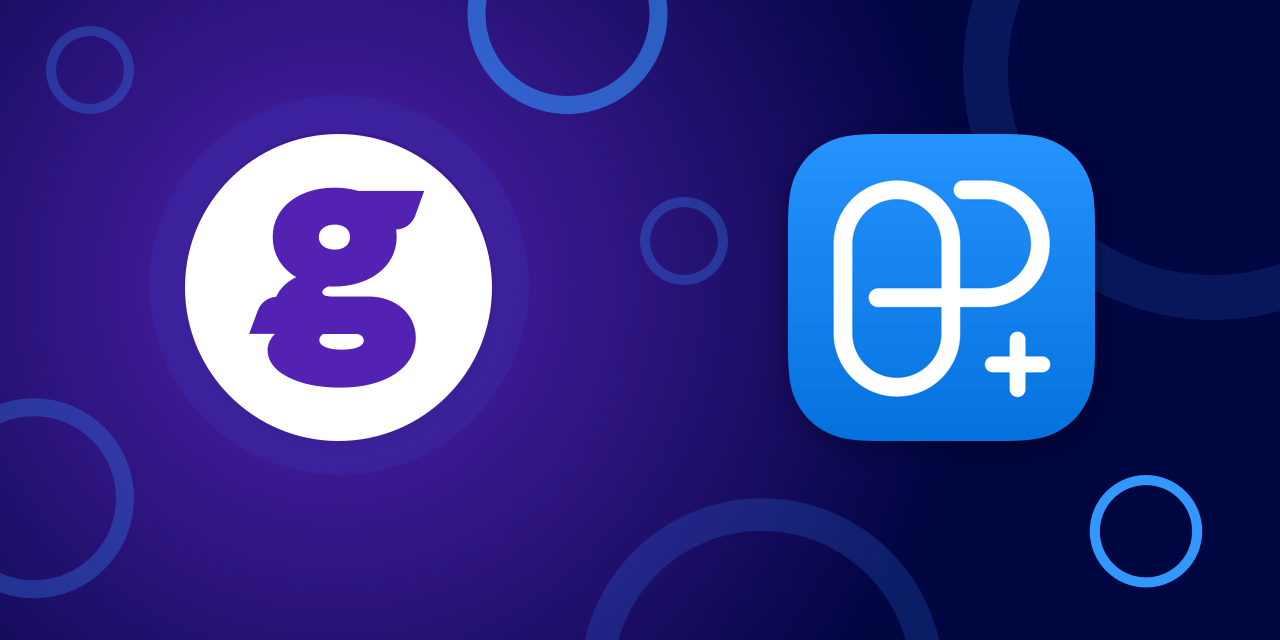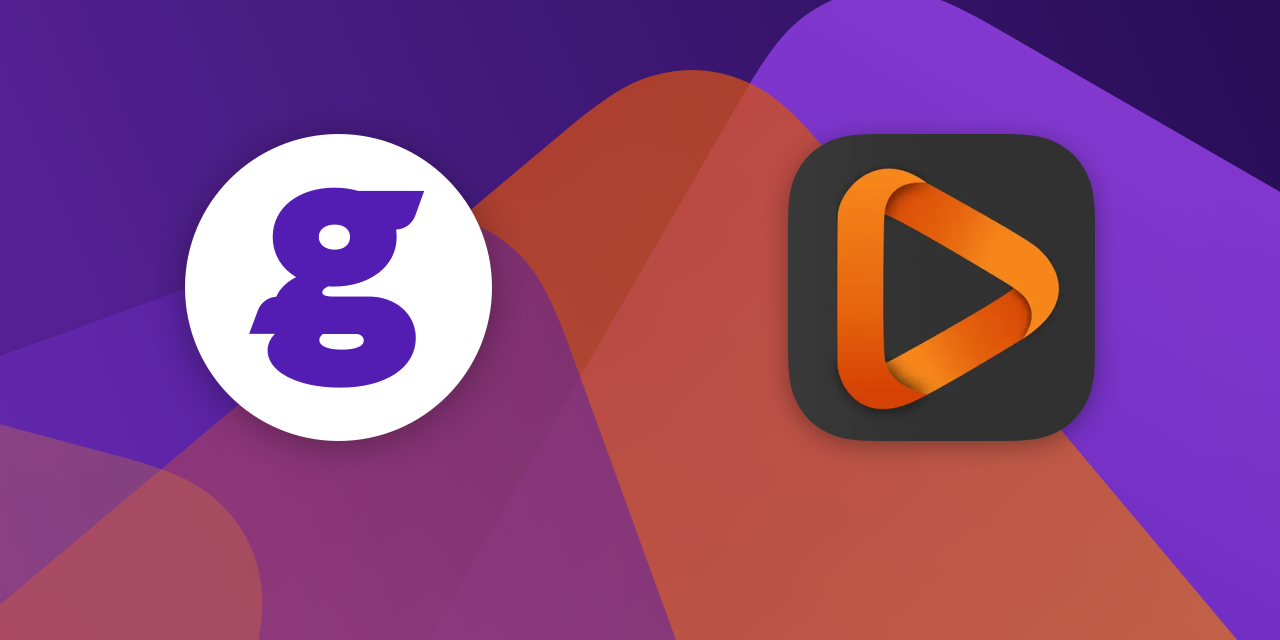Content
Ionic/Capacitor app Pigments launches top ranking app with Glassfy

Reminder: Glassfy is your end to end platform for payment infrastructure, insights, and growth tools to maximize the revenue you generate in-app. Build for free here.
What is the Pigments use case? Build a multi-store offering. Pigments originally built for the Play Store and when wanting to expand to multi-store offering into the app store they realized that would be a major feat to build payments for another store, manage that data, and aggregate all monetization data in one place.
What is Pigment? Pigments helps you create, edit and export beautiful color palettes right from your phone.

What were you using for monetization before Glassfy?
- The iOS version of Pigments is built with Capacitor (from the Ionic team). In the development phase, I tested a couple of plugins for it, but most of the examples and documentation were geared towards the use with Ionic, while Pigments uses Capacitor without the Ionic framework.
What made you consider switching to Glassfy from the previous way of doing things (if applicable)?
- I stumbled upon a YouTube tutorial made by Simon Grimm where he presented the use of Glassfy with Ionic Capacitor. The tutorial was about 40 minutes long and included both the iOS and Android implementation. That was enough to make me consider using it.
Here is Simons Tutorial - incredible job by him and his style of education!
What were the options you evaluated (if any) when making a decision?
- Besides the Capacitor plugins that I played around with in the beginning, the only other option that I evaluated was RevenueCat. After reading their documentation, I found out that the examples were, again, geared towards the use with the Ionic framework. Glassfy provided more freedom in the implementation.
What were the top criteria you were evaluating for a tool?
Whenever I evaluate a framework or plugin I always check the following:
- The documentation must be clear and provide enough examples to get me started - Glassfy does that great with the quick start guide.
- The number of stars for the project repository and the number of weekly downloads, in order to get the pulse of the project - Glassfy doesn’t have that many (right now), but how else could it get there without some people trusting in the first place?
What was it like to implement Glassfy?
- I’ve implemented Glassfy for the Apple App Store. Implementing it was extremely easy. The hardest part was actually configuring the IAPs on the App Store Connect, and I got stuck there quite a few times. Luckily, Glassfy has a page that covers all the possible issues. Overall, the process of implementing the IAP was a lot shorter than I expected.
- I saved over two weeks of development time building this and countless days maintaining if I opted to not use Glassfy. That is before considering the value of the Growth tools.
What is one thing that you loved about Glassfy?
- The best thing about Glassfy is that you don’t have to change the code every time something in the native library changes. You just have to update the Glassfy plugin and you’re good to go.
Any additional comments, thoughts, or feedbacks?
- I want to thank Alex Kudelka, he was very helpful through the whole process
Build for free anytime at Glassfy.io and check out these helpful resources:
- Glassfy Docs
- Glassfy with SwiftUI tutorial
- Glassfy with iOS Academy
- Glassfy with Ionic

Read More




